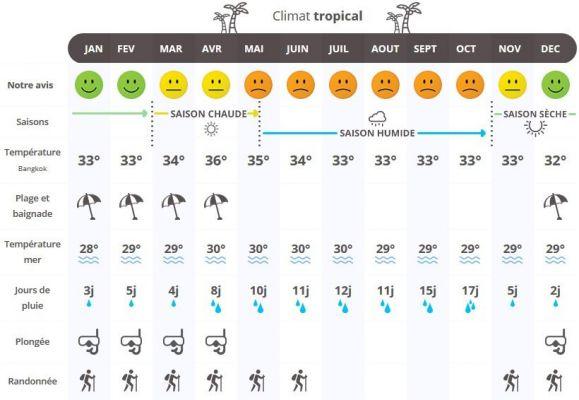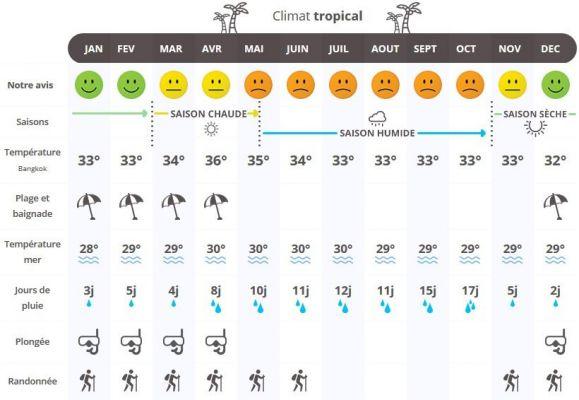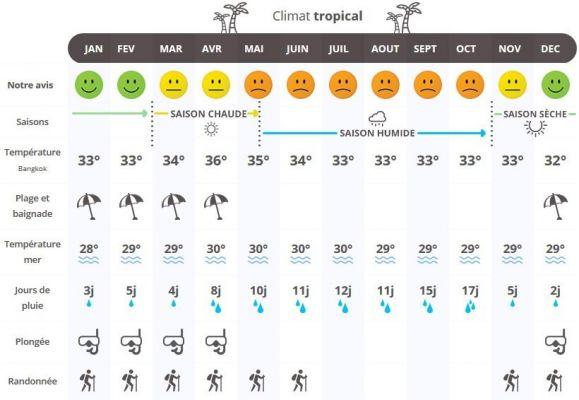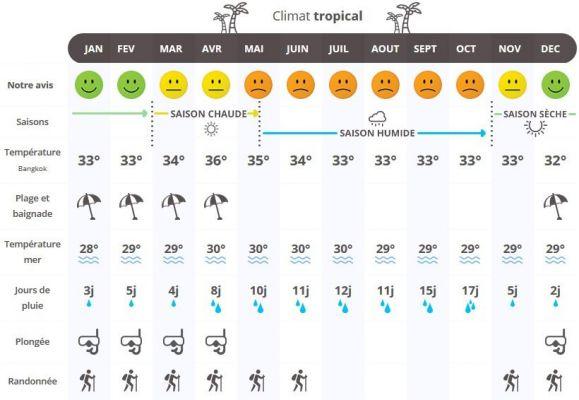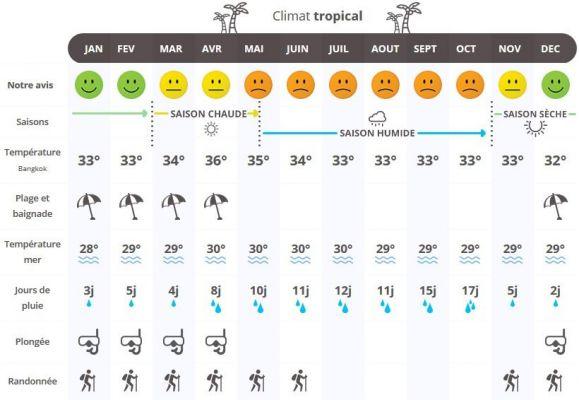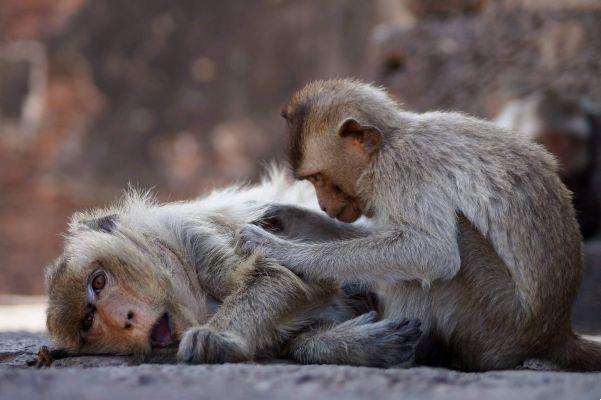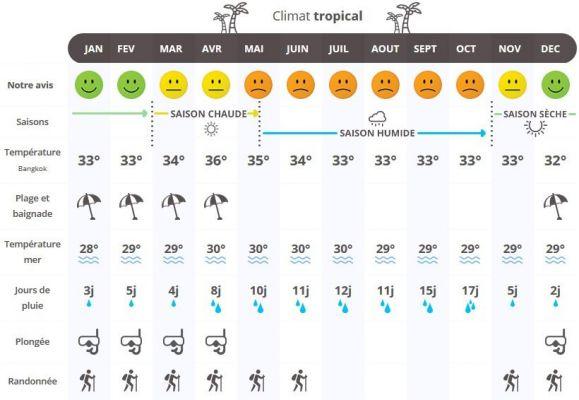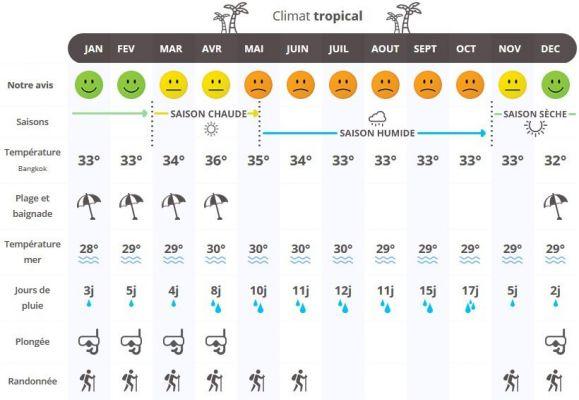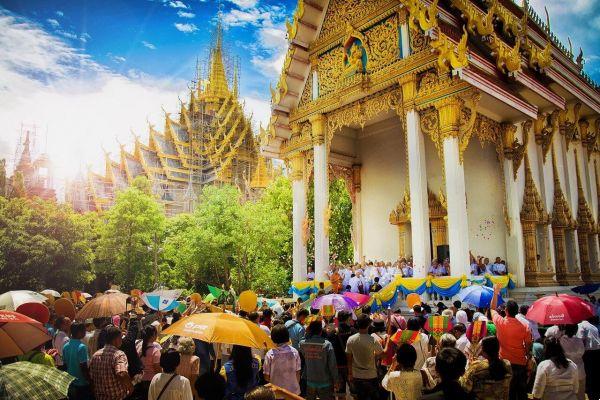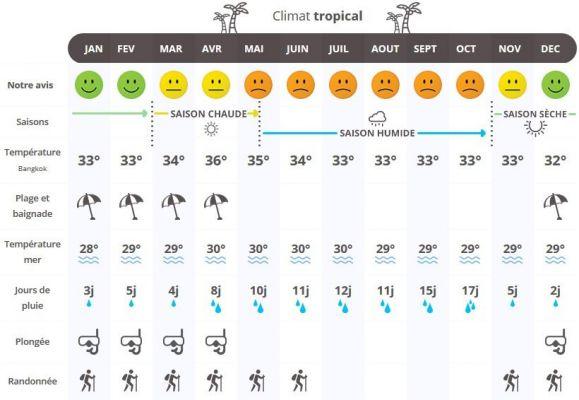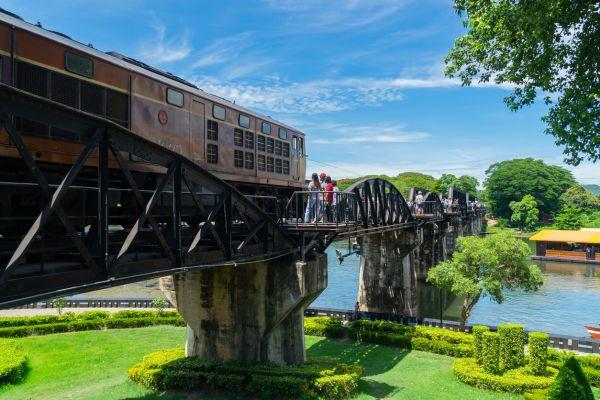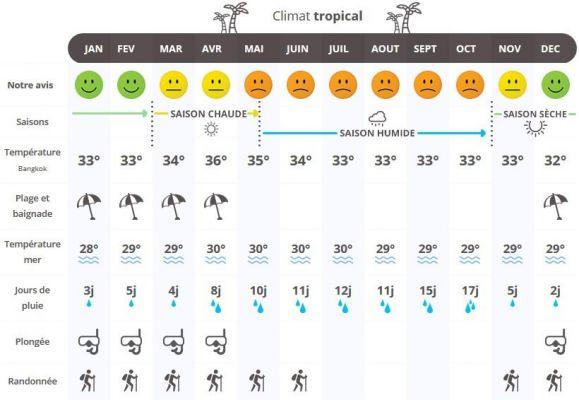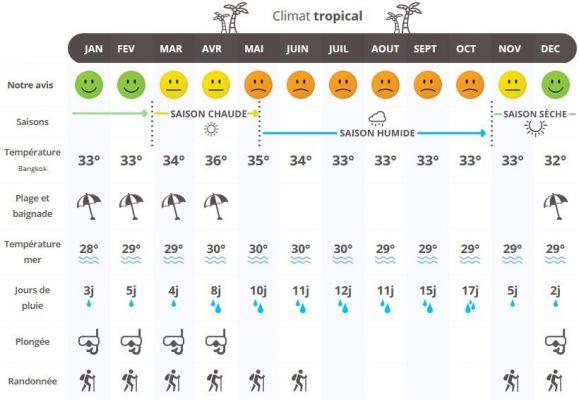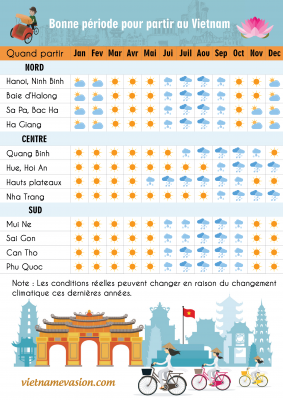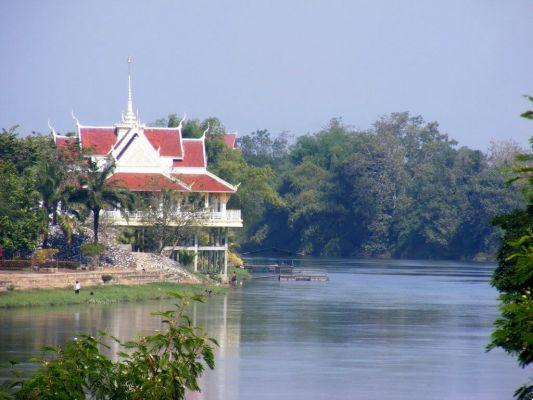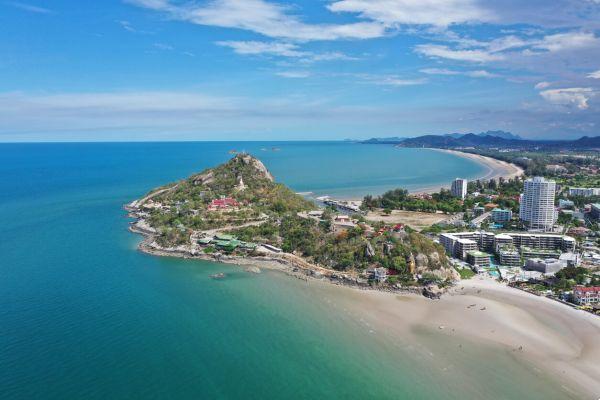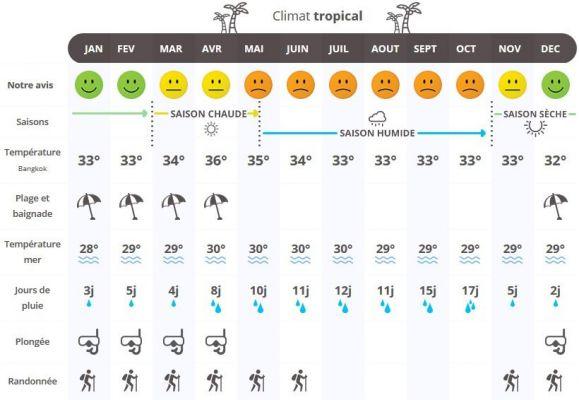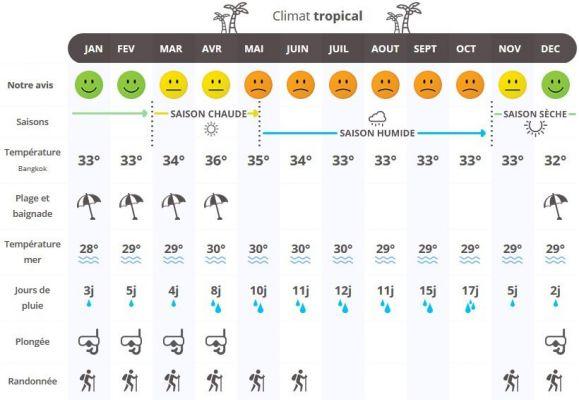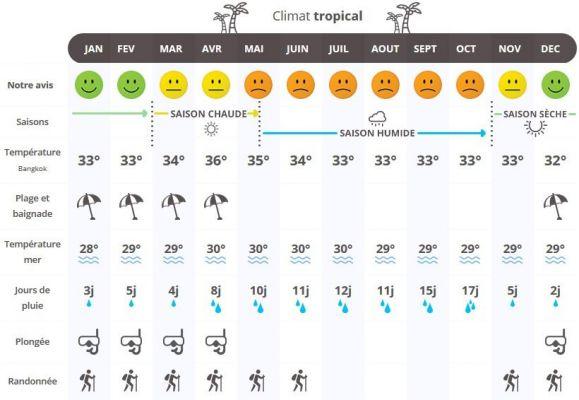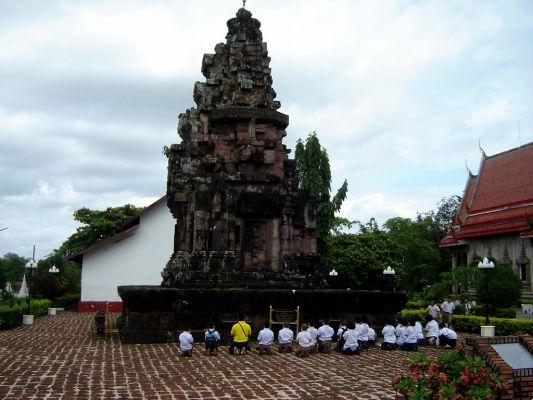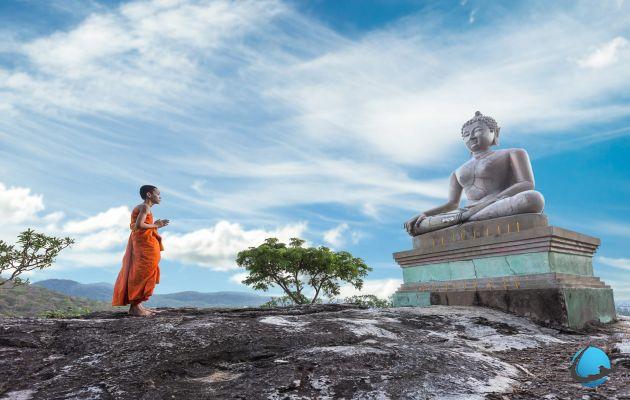
Under tutelage, invaded or ruled by force, the country has never lost its famous smile and it is perhaps thanks to him that it was able to integrate the different ethnic groups that make it up within an imperfect but constantly evolving national whole. Thereby, Thai culture is constantly adapting and making it an open country, rich and colorful where the possibilities are often more numerous than elsewhere.
The symbols of Thai culture
Thai culture is imbued with respect which is evident in all daily gestures. Discover some aspects of the tradition and cultural life in Thailand.
Thai savoir-vivre: smile and respect
Smiles are very common on the faces of Thai people. It stands for politeness, respect, hospitality and thanks. When you enter a Thai's house, you must take off your shoes. It is strictly forbidden to put your feet on the table when you are seated, and your feet must never point towards someone. The head is considered the most noble part of the body and therefore should not be touched, even in a friendly gesture. Finally, it is very frowned upon to lose patience during a conflict with a person.
Buddhism
95% of Thais are Buddhists, so there are many temples in Thailand. It is compulsory to take off your shoes and not to wear clothes that are too bare (shorts, swimsuits, etc.) during a visit. Buddhist monks occupy the most important position in Thai society. The vow of chastity they took forbids them all contact with a woman. If you are a woman and you meet a monk, keep your distance and bow slightly while smiling. The temple festivals are held during the cool period (November to early March) in order to raise funds to maintain them.. These festivities create a carnival atmosphere where gastronomy takes pride of place. Finally, know that all the arts (painting, sculpture, architecture, dance and music) are deeply imbued with Buddhism. The artist's goal is above all to express his veneration and obtain merits (rewards obtained through acts of charity and recorded during a next reincarnation). The temples are decorated with paintings and bas-reliefs depicting episodes from the life of the Buddha. The statues in his image are very numerous.
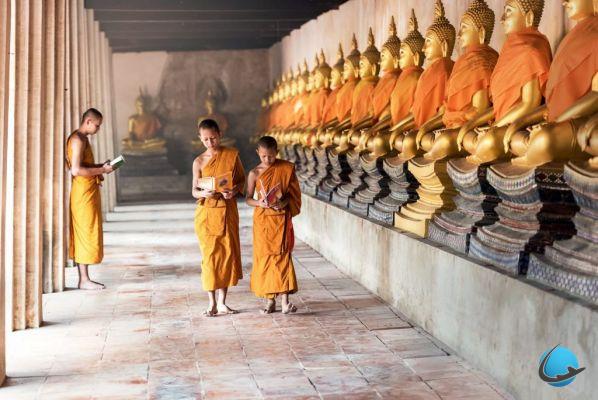 Boudhisme
Boudhisme
The monarchy
The royal family is highly respected by the Thai people. The presence of photos of the king and queen in homes is common. Namely: in the cinema, the portrait of the king appears on the screen before the film at the same time as the national anthem sounds; custom is that the whole room stands up as a sign of respect.
Meditation
Meditation is an integral part of Thai culture. In a broader sense, it is also part of Asian customs. In particular, it makes it possible to increase concentration skills and is done during a period of retreat, far from the hustle and bustle outside. Participants generally have to adhere to a strict lifestyle, but necessary for the successful completion of this period.
Thai Boxing
Extremely popular in Thailand, boxing is broadcast frequently in Thailand, at the same frequency as football matches back home. Take advantage of your stay to attend a wrestler show. An experience to live because the sportsmen fight to the sound of percussions and various musical instruments.
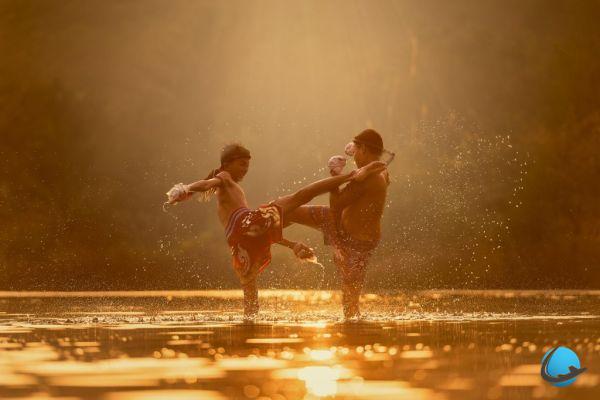 Thai Boxing
Thai Boxing
Handicrafts
Thais take great pride in their craftsmanship and rightly so. Don't hesitate to buy objects made from silk weaving, cotton, silverware, pottery. Also discover many items in bronze, pewter and wood. Finally, you will find many jewels (sapphires, rubies, opals, jades, topazes…) in Thailand.
Geography: A country of many colors in Southeast Asia
Located in the heart of South East Asia, Thailand shares a border with four distinct countries: Myanmar, Laos, Cambodia and Malaysia. This particular geographical location has made it a meeting place for cultures and lifestyles, which has produced all the ethnic diversity that characterizes it. Its area of 513 km120 is home to more than 2 million inhabitants, divided into very heterogeneous human groups.
The outline of the country forms a sort of elephant's head which stretches from the mountainous regions in the North, to the fertile plains of the South and its paradisiacal islands. Thanks to this climatic and topographic diversity, Thailand displays an abundant biodiversity with more than 27 species of plants, including a thousand orchids and more than 000 species of fish. Thai gastronomic culture has taken advantage of this incredible reservoir of flavor resources and is often referred to as one of the most creative in the world.
In the North, an important and protective relief
Thailand is a country contrasted by an important relief which has shaped regions with very varied cultures. In the North, the karst mountains and forests have always protected the local populations from the invasion of bellicose peoples. Around Chiang Mai, multiple ethnic minorities continue to live according to their traditions, although the sirens of progress become more pressing every day. It is in these massifs that most of the large rivers which will irrigate the plains of the center take their source, to the delight of Thai rice farmers. In this region, there are also the last remaining teak farms despite intense deforestation, visible since the 60s.
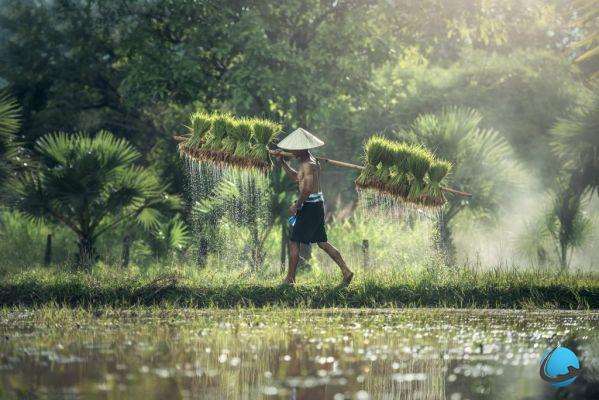 Rice farmer
Rice farmer
The region of Isan, in the North-East, enjoys a relative lack of interest on the part of tourists and operators. Its arid climate and highlands protect it from covetousness, even though more and more travelers are venturing into these lands where the dry season lasts longer than anywhere else in Thailand. Here, silk or medicinal herbs are cultivated to thrive. To the west, the border with Myanmar is again dotted with high forest mountains, limiting trade and access to the territory. Thus protected from the expansion intentions of its neighbors, Thailand has been able to concentrate its development in the South and its fertile plains.
Towards the South and its stimulating hydrography
From North to south, Thailand has long been a necessary passage to reach Singapore and Malaysia by land, until the air force opened up the Malay Peninsula. Although bordered by the Andaman Sea and the Gulf of Thailand, the country has mainly developed thanks to its land orientation. The central plain hosts the estuaries of Chao Praya and multiple rivers, making it an ideal place for the development of rice cultivation. This characteristic enabled Thailand to become the "Southeast Asian Rice Bowl" promoting trade with its neighbors and stimulating economic activity.
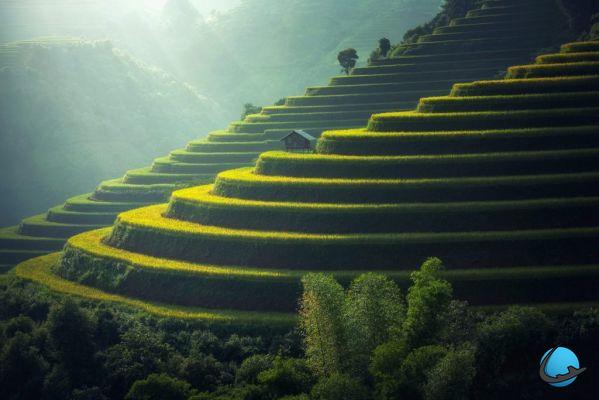 Rice fields
Rice fields
Favored by its tropical climate and the monsoon, the country has become the region's leading rice exporter, a feature that forged the power of the ancient Kingdom of Siam. On the Isthmus of Kra, a thin strip of land which continues its route from the plains of the center, there were important fishing ports which marked out this highly strategic route. Today, the islands of Phuket and Koh Samui are representative of the turn cleverly negotiated by Thailand, which has taken advantage of its postcard geography to attract tourists from all over the world to its paradisiacal beaches.
History: From the first men to modernity
Thailand prides itself on being the only Southeast Asian country never to have been colonized. Despite multiple attacks and a central position that could have served it, the region protected itself thanks to to the many natural ramparts formed by forest mountain chains to the north and the large estuaries of large rivers to the south.
From prehistory to the first Thais
Thai culture and its origins date back 700 years. Remains of Homo Erectus have been discovered which suggest that the region was already considered fertile for hunter-gatherer communities. Thus, little by little, their societies were organized around the cultivation of rice and through the use of bronze objects.
From the third century, Chinese writings allow us to follow the evolution of the region and the diversity of the peoples who took control of the towns and cultivable lands. It is believed that behind the name “Fou-Nan”, given by the Chinese, was hiding a Khmer people who very quickly lost their hegemony in favor of the “Mon”, who came from India. The texts of the sages of the Middle Empire relate important feats of arms by the city-states which marked out the Isthmus of Kra. These powerful corporations controlled access to the Malay Peninsula and were only dislodged by the gradual but unstoppable Khmer takeover of all of Southeast Asia. It is at this moment, around the XNUMXth century that the first Thais, from southern China, began to settle.
The time of kingdoms
During the eleventh and twelfth centuries, the Thai element becomes predominant in the Khmer kingdom and in 1238, the Sukothaï clan obtains its political independence and crowns its first king. The advent of Rama Khamheng is generally considered to be the founding act of the Thai nation.. At the same time, other kingdoms are developing, notably that of Lan Na in the North, ruled by King Mengrai who will found the city of Chiang Maï or that of Phayao ruled by King Ngam Muang. Less than a century later, Sukothaï lost its prevalence but the period will have allowed to lay the bases of the Thai identity with the development of Buddhism, of an art and a specific writing.
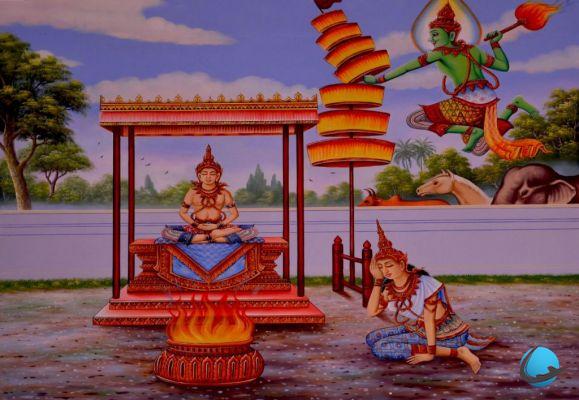 History of Buddhism
History of Buddhism
From 1350, it was the kingdom of Ayutthaya that imposed itself in the region. For more than four centuries, 74 monarchs succeed one another and spread Theravada Buddhism as well as the Dharmashastra, a set of Hindu and Thai codes. After the Burmese invasion in 1765 and the destruction of the capital as well as most of its temples and religious buildings, General Taskin made history by driving out the Burmese armies and moved the capital to Thonburi on the banks of the Chao Praya. . He was then proclaimed king and then quickly ousted by General Chakri who founded the Rama dynasty and chooses Bangkok for capital. Since then, the Rama have succeeded one another in power, each having made their contribution to the development of Thai culture.
Modern Thailand
The constitutional monarchy replaced the absolute monarchy in 1932 during a coup. Constrained by the power of the military, the Rama dynasty loses all its powers and must ally with the army to govern the country. In 2006, the army chief organized a new coup and seized full powers. It is confirmed by the country's first referendum vote, in which Thais vote 58% in favor of the new constitution. In 2007, new elections marked the return to democratic order.
In 2011, and for the first time, a woman was given the post of Prime Minister. Yingluck Shinawatra, sister of a former leader of the country, then sees the country seized with social convulsions and numerous demonstrations break out. She was finally removed from her post in 2014. The military junta, led by Prayut Chan-O-Cha then regains power and imposes martial law to the country to try to calm the unrest caused by the Red Shirts, while condemning the Yingluck clan for its probable corruption. Alone in the storm, King Rama IX was, until 2016, the last stable political landmark in Thailand and offered a semblance of unity to a country where smiles are now in the streets.
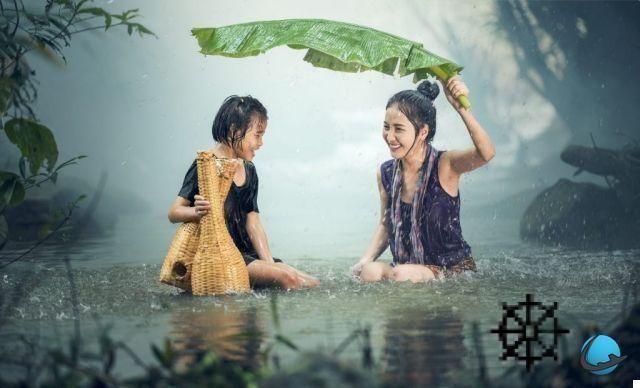 The Thai smile
The Thai smile
Famous People of Thailand
Thai culture is like its country, abundant, creative and exploratory. Among the most appreciated of its artists, is at the top of the list the poet Sunthorn Phu. Celebrated annually on June 26, this 17th century artist was the favorite of Kings Rama II and Rama III. Both lyrical and moralistic, this troublemaker of the royal courts is equally appreciated by the popular masses of whom he was an educator, but also a vector of entertainment and who continues to delight the Thais today.
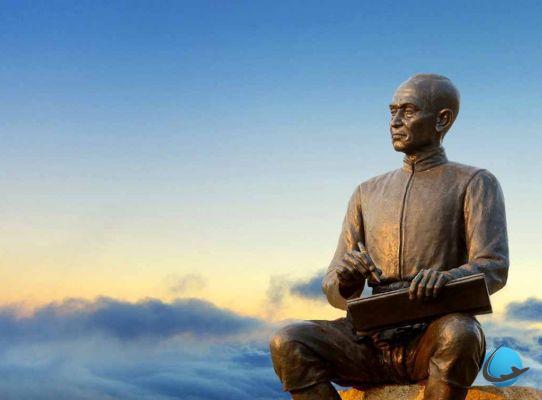 The poet Sunthornphu
The poet Sunthornphu
Very interested in social issues, the Thais have always been involved in the political life of their country. Despite the disappointments due to the brutality of the military or to broken promises, some political figures continue to retain a real popular aura. This is the case of Khun Purachai. Born in 1950, this former Minister of the Interior had taken it into his head to enforce existing laws, in particular those concerning night establishments. Control of minors, compulsory closings at 2 a.m. or even urinary checks on visitors to nightclubs, he was forced to backtrack because of the power of the night lobbies. But he retains all the tenderness of the Thai people, especially for his integrity.
Among the figures of the Chakri dynasty, King Rama IX occupies a special place. Died in 2016, his reign will have lasted more than 70 years. Adored as an exceptional sovereign, he will have participated in improving the lot of the worst off, denounced the rampant corruption in the country and integrated the ethnic groups of the North into the destiny of the entire Thai nation. Having gone through all the turpitudes of the twentieth century, he is also appreciated for his ability to reconcile the various parties involved in the multiple coups d'état that marked his reign. Despite some controversies, linked in particular to his immense fortune or to the cult of his personality promoted by the media, the fact remains one of the country's tutelary figures and the popular scale of his funeral is a testament to his affection for his subjects and his importance in Thai culture.
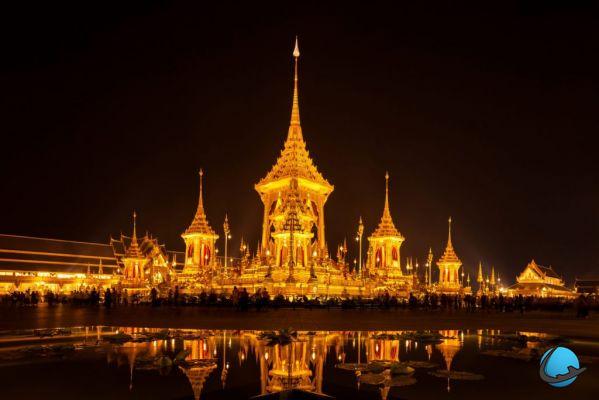 The Royal Crematorium of Rama IX
The Royal Crematorium of Rama IX
Now that you know more about Thai culture, fly to Bankgok. The capital will charm you with its floating markets and its many temples. Unless you go to the south, to the island of Phuket and its paradisiacal beaches!




